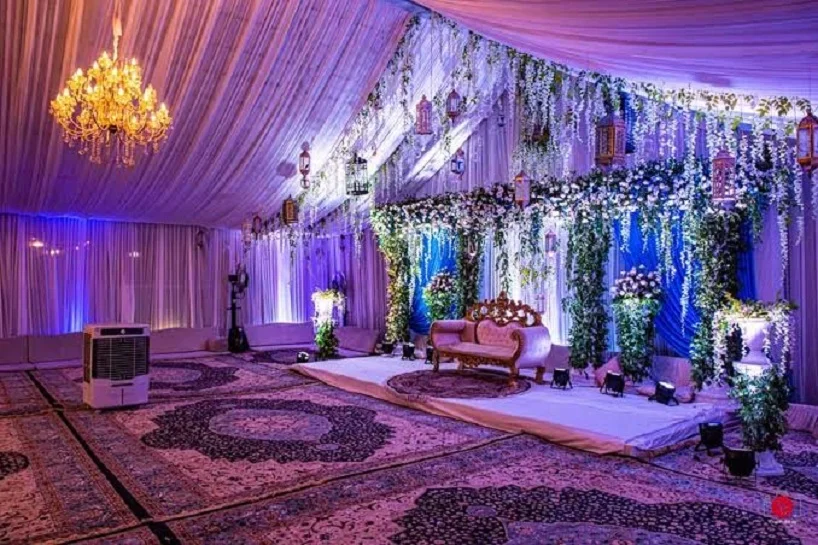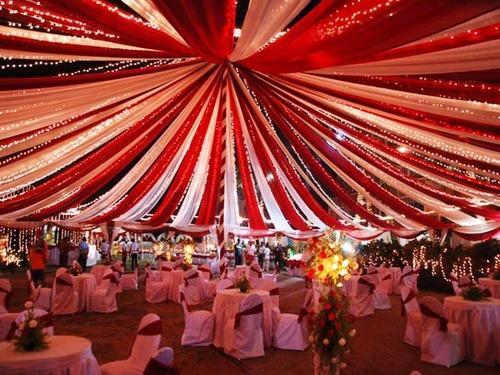
By Sakhra Riyaz
Over the past few weeks, my grandmother and I have developed a new hobby: watching Kashmiri wedding documentaries on Youtube together. Every evening, we sit in the living room with some noon chai, and set up the TV so we can watch the videos. We see the beautifully filmed weddings, and then exchange many comments and reactions. It is something that we enjoy, and brings us closer. But there is a catch: we can’t help but notice how drastically Kashmiri weddings have changed now and how we have incorporated so many alien traditions into them. From the choice of music to the attire of the bride and groom, there are so many aspects that have been influenced by other cultures.
Let’s start with the choice of music. Bollywood music is used in the majority, if not all, of these wedding documentaries as the backdrop for the video narration. Songs such as “Mud Ke Na Dekho Dilbaro” from the movie Raazi, “Sajdaa” from My name is Khan, and “Kun Faya Kun” from Rockstar being among the most popular. While there is nothing intrinsically wrong with Bollywood music, I feel that we missed an opportunity to instead use traditional Kashmiri songs. I also do not want to generalize because most weddings still have Kashmiri songs, but perhaps as a result of easy exposure to other cultures, there are a lot more Hindi songs used than in the past.
Another trend is the use of the “phoolon ki chadar”, or a canopy of flowers under which brides walk during their entrance, inspired by Pakistani traditions. Similar to this, is the practice of wearing floral garlands during the Malmaenz or Haldi, which is again borrowed from Pakistani weddings. While all these are beautiful traditions, they are not originally ours. It shows how we have incorporated new practices from other cultures into our weddings.
Third, and one of the most noticeable changes is in the wedding attire. The traditional Kashmiri dresses are being replaced by heavy lehengas inspired by Indian and Pakistani fashion. In fact, a recent study in 2019 noted how in a Kashmiri wedding around “13.86% of resources are spent on clothes and cosmetics” alone. Many families even hire the best of the “make-up artists” and the bride and groom’s wedding dress is often “custom designed by some reputable designer”. Although this seems like just a change in clothing, it is actually a significant shift away from persevering our culture by wearing a traditional dress. It reflects a shift in society as a result of global exposure and the desire to modernize.
My grandmother often talks about her own wedding when we watch these videos. She talks about how things used to be—simpler, and also more rooted in our culture. She mentions how a woman would wear a simple tilla or embroidered pheran on her big day along with traditional jewelry pieces like the “Kasaba,” a type of headgear, neckpieces such as “Halqaband” which we hardly see anymore. These items are not just accessories; they are symbols of our history and traditions, and we need to promote them through weddings.
Further, another factor to consider is the huge financial impact of these new trends on wedding budgets. Kashmiri weddings are already very expensive, with research highlighting how around 75% of the Muslim population spends between 8 lakh-20 lakh on a single wedding. The new traditions, such as designer outfits and extravagant decor will only increase these costs.
Although it can be argued that weddings evolve with time, I believe it is more important for a small place like Kashmir to preserve its unique wedding practices. Weddings are one of the most vital expressions of a society’s culture, so we should not let Kashmiri trends fade and instead it is our responsibility to keep them alive.
While documenting Kashmiri weddings using videos on YouTube is a great way to preserve our traditions and connect generations, like my grandmother and I, incorporating more Kashmiri wedding traditions and rituals would make it even better. This way, we could help keep our heritage alive and also allow the world to see and experience the beauty of our wedding culture.
The author is a student from Georgetown University
Follow this link to join our WhatsApp group: Join Now
Be Part of Quality Journalism |
Quality journalism takes a lot of time, money and hard work to produce and despite all the hardships we still do it. Our reporters and editors are working overtime in Kashmir and beyond to cover what you care about, break big stories, and expose injustices that can change lives. Today more people are reading Kashmir Observer than ever, but only a handful are paying while advertising revenues are falling fast. |
| ACT NOW |
| MONTHLY | Rs 100 | |
| YEARLY | Rs 1000 | |
| LIFETIME | Rs 10000 | |










